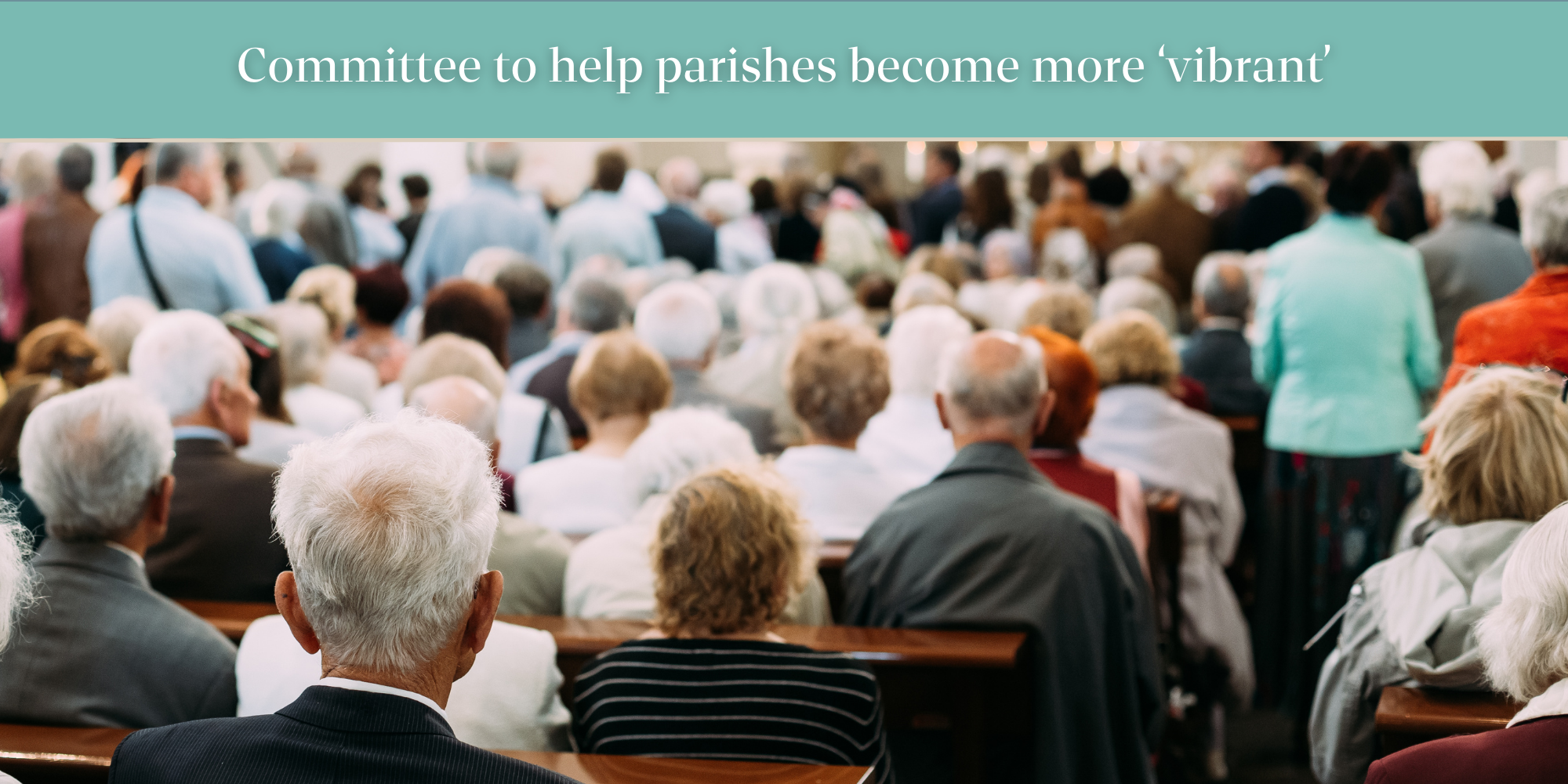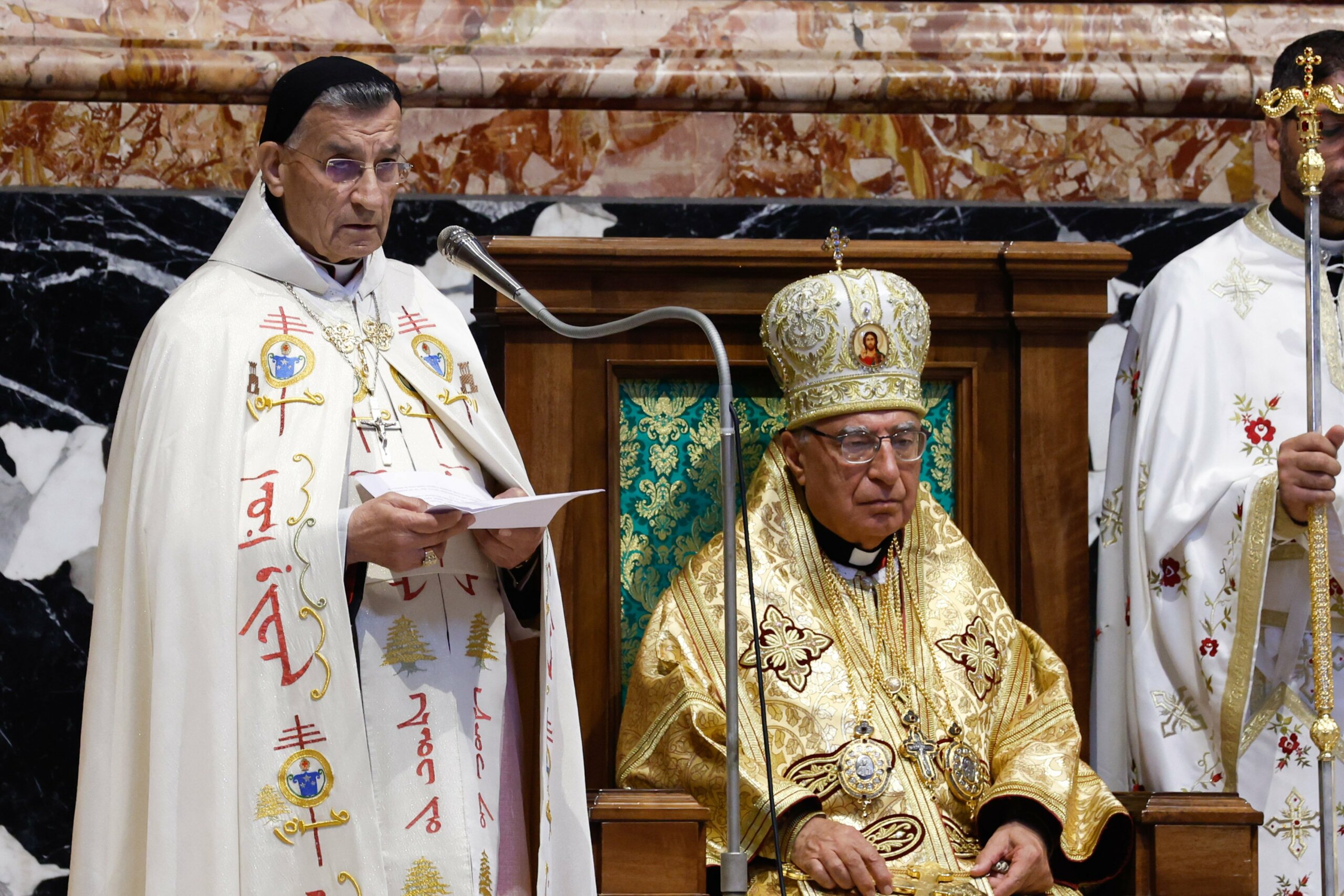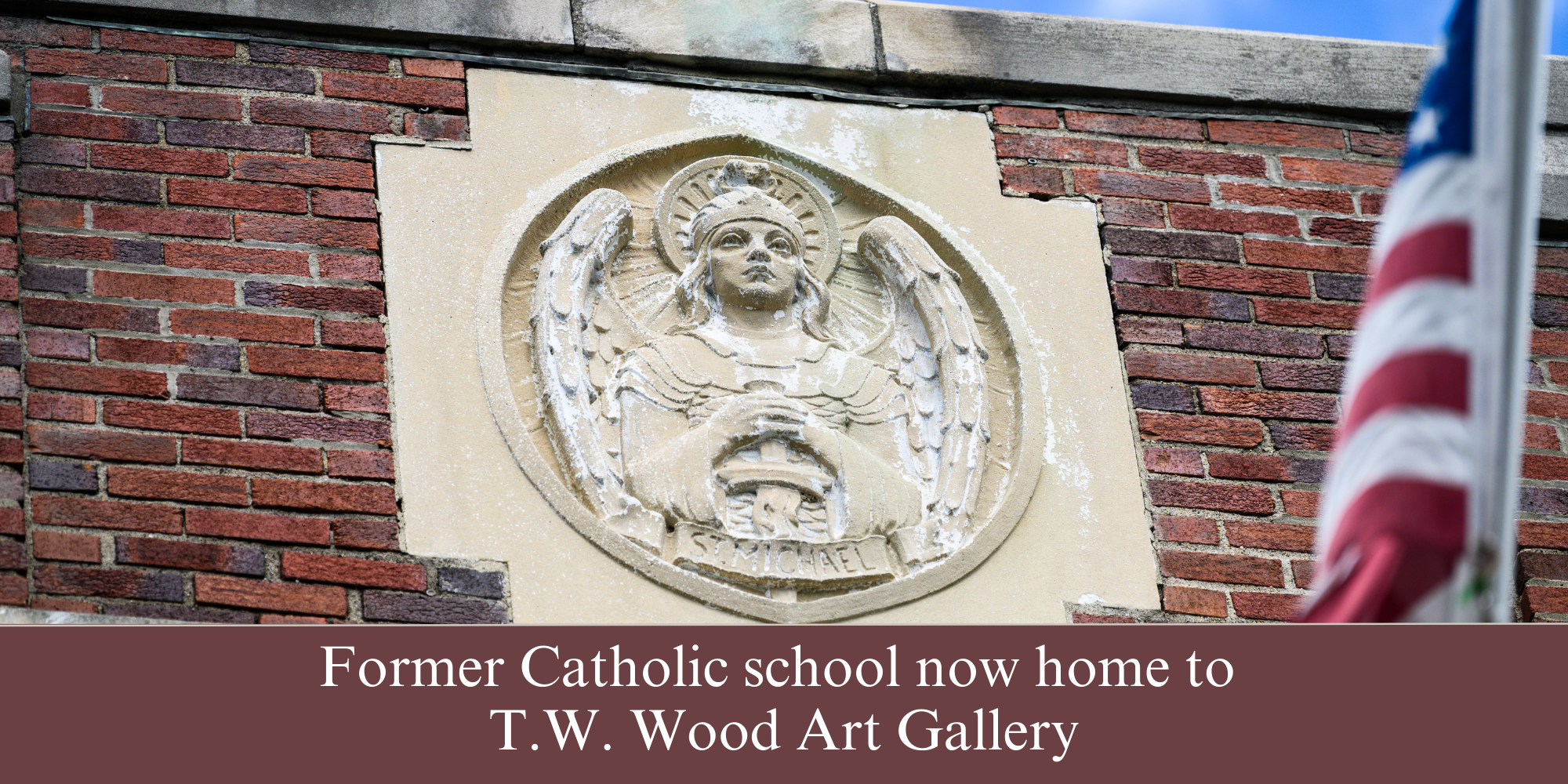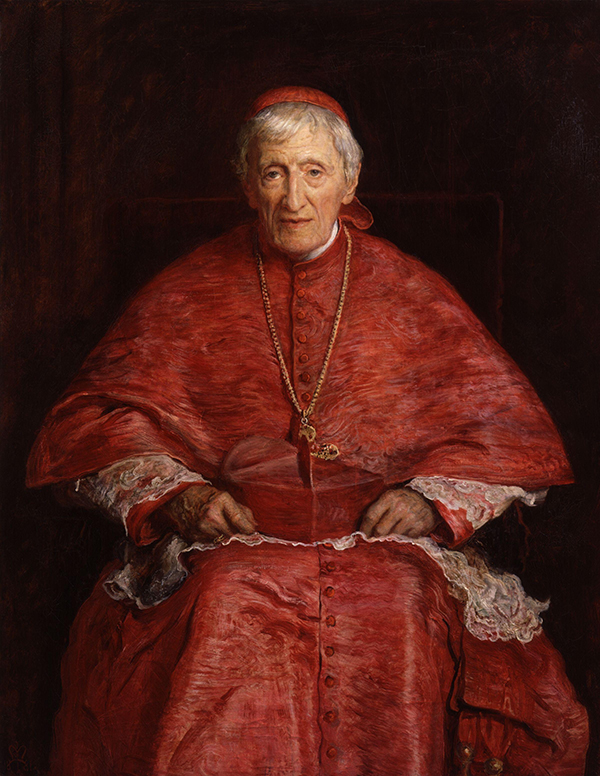
How vibrant is your parish?
Deacon Phil Lawson, executive director of pastoral ministries for the Diocese of Burlington, “puts it best when he describes a vibrant parish as one you and I would love to invite someone to join,” said Deacon RJ Dourney, a permanent deacon serving St. Charles Church in Bellows Falls, Our Lady of the Valley Church in Townshend, and Chapel of the Snows on Stratton Mountain, who is chairing a diocesan committee to help parishes become more vibrant.
According to “Christ our Hope: Declaration of the 2018 Synod of the Diocese of Burlington,” a vibrant parish focuses on the spiritual maturity of its members, including ongoing catechesis for all members to deepen understanding and love of the truths of the faith. It has a culture of shared leadership between the pastor and parishioners and a strong focus on the essential nature of the Sunday Eucharist that is celebrated with beauty and reverence.
A vibrant parish encourages and empowers its members to embrace a missionary spirit and become evangelizers.
The committee’s work began with the understanding that to evangelize, to encourage all to move toward Christ through the Catholic Faith, communities must have faithful, joy-filled parishes for them to come to. This understanding led to defining how a truly vibrant parish focuses on what matters most — the Eucharist, the Ssacraments, and the faith. How does a vibrant parish feel, coming together as a community and enjoying their time together spiritually and socially?
“We are blessed to have many vibrant parishes across the Diocese, examples of the joy of being Catholic in community, growing in faith, and living true to our love for God and one another. These parishes continue to be a blessed resource to the committee as they move forward,” Deacon Dourney said.
This was followed by focusing on the importance of the committee’s work being done with the clergy of the Diocese and seeking a unified approach between the pastors, administrators, deacons, lay leaders, parishioners, and the Diocese. What the committee will ultimately bring to the pastors will be tools and support, not tasks on a checklist.
This fall, priests of the Diocese were to be the first to see what the committee is offering during the Diocese Presbyterial Days. With their feedback, the work will move to the deaneries and parishes, where all will be introduced to tools for enriching the vibrancy of parishes.
“Soon, Catholics across the Diocese of Burlington will have the opportunity to experience many of the gifts the Catholic Church offers us through an enriched focus on the Eucharist, devotion to the sacraments, adult faith formation, and social aspects of faith and fun,” Deacon Dourney said. “With open hearts, we will all experience the joy of being Catholic and encouragement to others as together we build parishes we love and are excited to bring others into whether returning to the Church or joining our Catholic family for the first time. God calls us to be joyful examples of our Catholic faith and His love for one another.”
—Originally published in the Fall 2023 issue of Vermont Catholic magazine.





